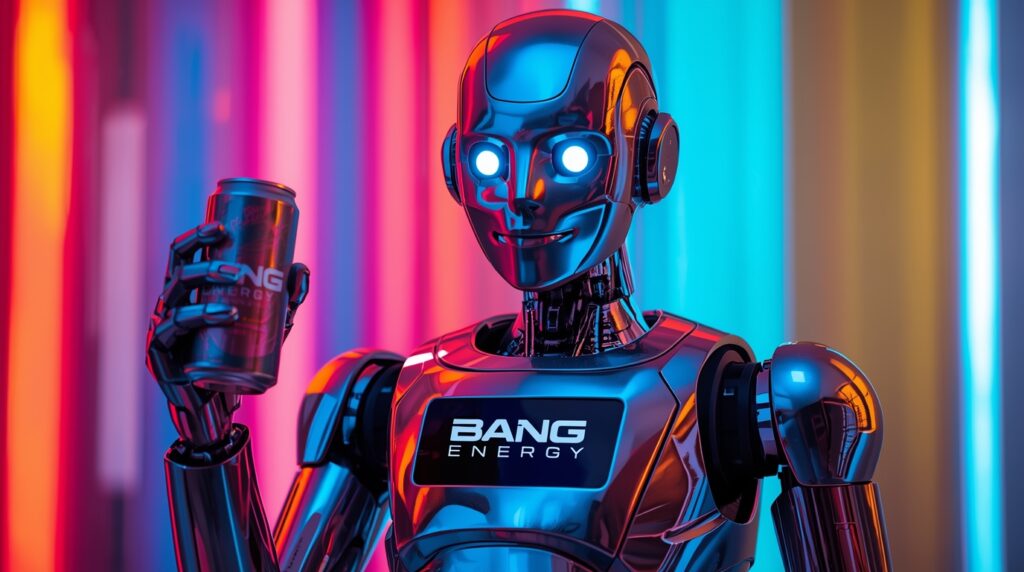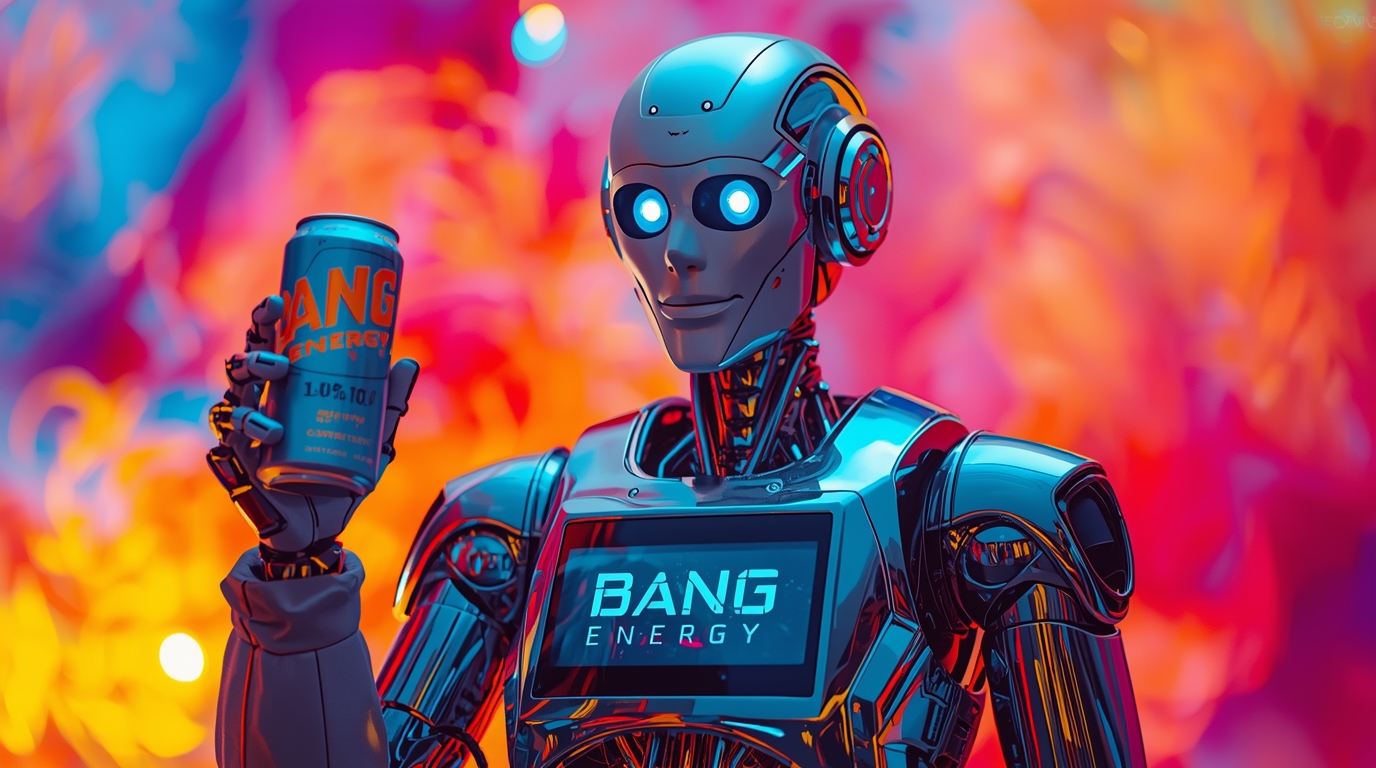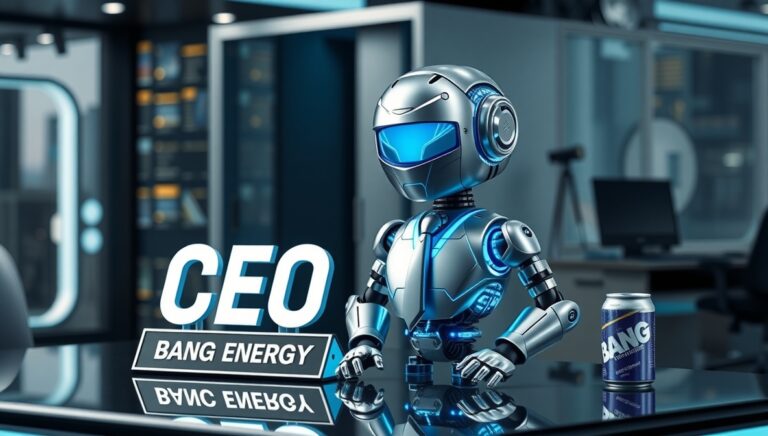bang energy caffeine content – Understanding the Energy, Effects, and Safety Behind the Buzz
Introduction: The Growing Fascination with Energy Drinks
In the world of high-performance lifestyles and demanding schedules, bang energy caffeine content has become a topic of significant discussion among consumers, athletes, and health professionals. Energy drinks have transformed from niche products for extreme sports enthusiasts into everyday beverages consumed by millions seeking quick bursts of energy and enhanced alertness. Yet behind their flashy branding and bold flavors lies a complex conversation about their true effects on the body and mind.
Understanding how energy drinks function—and more specifically, how caffeine interacts with our system—is essential for making informed decisions about consumption. While caffeine is one of the most widely studied and consumed stimulants in the world, not all products deliver it in the same way or in the same doses. Bang Energy, known for its powerful marketing and high-octane image, is one of the most potent examples in this category.
The Evolution of Energy Drinks
The energy drink market has exploded over the past two decades. From early players like Red Bull to modern formulations such as Bang, Celsius, and Monster, these beverages have become integral to the fitness and lifestyle industries. Their appeal lies in the promise of instant energy, focus, and improved performance—attributes that resonate in both athletic and everyday settings.
Bang energy caffeine content is one of the defining features that distinguishes this brand from its competitors. Unlike traditional soft drinks or mild energy beverages, Bang positions itself as a “performance fuel,” often emphasizing its combination of high caffeine and “super creatine,” along with other amino acids and vitamins. This unique blend is designed to cater to athletes and busy professionals who rely on sustained energy without a crash.
However, as the market has expanded, so have concerns about the safety, marketing practices, and physiological impact of these products. Health experts now urge consumers to look beyond the flashy labels and examine what’s actually inside the can caffeine in bang energy drink.
Understanding Caffeine: The World’s Favorite Stimulant
Caffeine is a naturally occurring stimulant found in coffee, tea, cocoa, and many soft drinks. It works primarily by blocking adenosine receptors in the brain—preventing drowsiness and promoting alertness. This mechanism also increases dopamine and adrenaline levels, leading to improved concentration and reaction time.
Bang energy caffeine content is particularly high compared to many other beverages. While a standard cup of coffee may contain around 90 to 120 milligrams of caffeine, a single can of Bang packs approximately 300 milligrams. This amount can provide an intense surge of energy, especially for individuals with low caffeine tolerance.
The effects of caffeine, however, are not uniform across all individuals. Factors such as age, body weight, metabolism, and genetics influence how the body processes it. For some, moderate consumption enhances performance and focus; for others, excessive intake may trigger restlessness, insomnia, or elevated heart rate. This makes understanding dosage critical when consuming highly caffeinated drinks like Bang.
The Science Behind Energy Boosting

Energy drinks function by combining stimulants, amino acids, and vitamins designed to enhance both mental and physical performance. Ingredients like taurine, B-vitamins, and electrolytes support energy metabolism and hydration, while caffeine serves as the central activator.
Bang energy caffeine content plays a central role in this formulation. The brand claims to provide a cleaner, longer-lasting energy source without the sugar crash associated with traditional drinks. This is achieved through zero-calorie sweeteners and metabolic enhancers that work synergistically with caffeine to sustain alertness.
From a physiological standpoint, caffeine increases the release of adrenaline, signaling the liver to release glucose into the bloodstream. This elevates energy levels and sharpens focus—an effect that athletes and busy professionals often find beneficial. However, it’s important to note that these effects are temporary and can lead to dependency or tolerance over time.
Comparing Bang to Other Energy Drinks
When assessing caffeine levels, Bang stands among the strongest commercially available options. For perspective, Red Bull contains about 80 milligrams of caffeine per can, Monster has 160 milligrams, and Celsius has 200 milligrams. With its 300-milligram dose, Bang delivers nearly the equivalent of three cups of coffee in one serving.
Bang energy caffeine content therefore requires careful moderation. While it can provide a quick boost before workouts or long shifts, it also increases the risk of exceeding the daily recommended caffeine limit, which most health authorities set at around 400 milligrams for healthy adults.
Consumers who drink multiple caffeinated beverages throughout the day—such as coffee in the morning and energy drinks in the afternoon—can easily surpass safe levels without realizing it. This overconsumption may lead to symptoms like jitteriness, anxiety, dehydration, and sleep disruption.
Energy Drinks and Athletic Performance
Athletes often turn to energy drinks for a competitive edge. Caffeine has been scientifically proven to enhance endurance, strength, and reaction time when consumed in controlled amounts. It delays fatigue by mobilizing fatty acids and improving oxygen efficiency during exercise.
Bang energy caffeine content provides a high dose that many athletes use to maximize their performance. However, sports nutritionists caution that excessive caffeine may also impair hydration and increase heart strain, particularly during high-intensity workouts. Therefore, pre-exercise consumption should always be paired with adequate hydration and balanced nutrition.
In professional sports, caffeine is allowed but closely monitored. Athletes are encouraged to test their personal tolerance levels and avoid combining caffeine with other stimulants or thermogenic supplements that could amplify its effects.
The Role of Other Ingredients in Bang Energy
While caffeine takes center stage, Bang Energy also includes several other ingredients marketed for their performance benefits. These include branched-chain amino acids (BCAAs), electrolytes, and coenzyme Q10. These components are designed to aid muscle recovery, energy metabolism, and cellular protection against oxidative stress.
Bang energy caffeine content works synergistically with these compounds to create a comprehensive energy experience. BCAAs may support endurance, while electrolytes help maintain hydration during intense physical activity. CoQ10, a powerful antioxidant, supports mitochondrial energy production.
However, scientific consensus on the effectiveness of combining these ingredients remains limited. While each element may offer benefits on its own, their interactions—especially with such high caffeine doses—are still being researched. Consumers should therefore approach these claims with balanced skepticism.
Potential Health Risks of Excessive Consumption
Energy drinks have faced scrutiny due to rising reports of caffeine-related side effects. Common issues include palpitations, elevated blood pressure, headaches, and digestive discomfort. For individuals with pre-existing conditions such as anxiety or heart disease, these effects can be even more pronounced.
Bang energy caffeine content may amplify these risks if consumed irresponsibly. Young adults and teenagers, who are often targeted by energy drink marketing, are especially vulnerable due to lower caffeine tolerance. Health experts recommend that minors avoid such high-caffeine products altogether.
Moreover, consuming energy drinks with alcohol or other stimulants can be dangerous. The stimulating effects of caffeine may mask alcohol’s depressant properties, leading to impaired judgment and potential overconsumption. This combination has been linked to increased emergency room visits and adverse cardiovascular events.
Understanding Caffeine Tolerance and Dependence
Regular caffeine users often develop tolerance, meaning they require more caffeine to achieve the same effects. This can lead to habitual overuse, withdrawal symptoms, and disrupted sleep cycles.
Bang energy caffeine content can contribute to dependence if consumed daily without breaks. The high concentration may overstimulate the central nervous system, leading to periods of energy spikes followed by crashes. Over time, users may feel fatigued without caffeine intake—a clear sign of physiological adaptation.
To avoid dependency, nutritionists advise cycling caffeine use. Alternating between caffeinated and caffeine-free days allows the body to reset sensitivity levels. Maintaining hydration, balanced nutrition, and consistent sleep also reduces reliance on stimulants for energy.
Public Health and Regulatory Perspectives
The popularity of energy drinks has prompted increased scrutiny from health agencies worldwide. While caffeine is considered safe in moderate amounts, concerns grow regarding labeling transparency, marketing to youth, and the combined effects of caffeine with other ingredients.
Bang energy caffeine content falls under regulatory observation for its high concentration and marketing practices. Some countries have introduced age restrictions or mandatory warning labels on energy drinks to ensure consumer awareness. Health organizations also emphasize education—encouraging individuals to understand caffeine dosage and to read ingredient lists carefully.
Manufacturers, in turn, are being urged to disclose exact ingredient quantities and provide clear consumption guidelines. As awareness increases, consumers are becoming more proactive about monitoring their caffeine intake and making healthier lifestyle choices.
Consumer Awareness and Responsible Consumption
The key to enjoying energy drinks safely lies in moderation and mindfulness. Consumers should consider their total daily caffeine intake from all sources, including coffee, tea, chocolate, and medication. Reading labels and spacing out consumption can help avoid caffeine overload.
Bang energy caffeine content serves as a reminder that not all energy drinks are created equal. Its potency demands responsibility—especially for individuals sensitive to caffeine or those with underlying health conditions. Using energy drinks strategically, such as before intense physical activity or during extended work hours, can maximize benefits while minimizing risks.
Parents, educators, and healthcare providers also play a vital role in promoting caffeine literacy among younger populations. Awareness campaigns and transparent labeling can ensure that energy drink use remains a matter of choice, not habit.
The Future of the Energy Drink Industry

As consumers grow more health-conscious, the energy drink market is evolving. Brands are exploring natural caffeine sources, adaptogens, and reduced-sugar formulations. Sustainability and transparency are also becoming central to brand identity.
Bang energy caffeine content may continue to stand out for its potency, but future innovations are likely to focus on balanced energy delivery rather than sheer intensity. Functional beverages that support hydration, mental clarity, and recovery without overstimulation are gaining popularity among health-focused consumers.
Additionally, research into personalized nutrition could shape how caffeine is delivered in the future. Smart beverages that adapt to an individual’s biometric data may optimize energy and focus levels while minimizing adverse effects.
Conclusion: Power, Performance, and Perspective
Energy drinks have undeniably transformed how society approaches energy and focus. They provide convenience, flavor, and effectiveness—but they also demand understanding and caution. Caffeine, while beneficial in moderation, can become problematic when consumed in excess or without awareness of its cumulative effects.
Bang energy caffeine content highlights both the potential and the pitfalls of the modern energy drink era. It offers a powerful boost for those who need it most, but also serves as a reminder of the importance of responsible consumption. By paying attention to dosage, timing, and personal tolerance, individuals can harness caffeine’s benefits without compromising health.
Ultimately, energy drinks should complement a balanced lifestyle—not replace it. Adequate sleep, hydration, nutrition, and exercise remain the true cornerstones of sustained vitality. In the end, understanding what powers our energy may be just as important as finding the energy itself.






